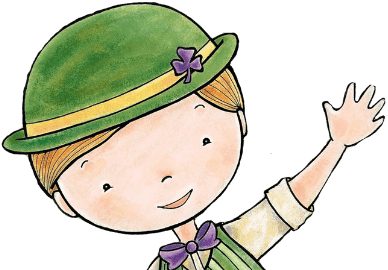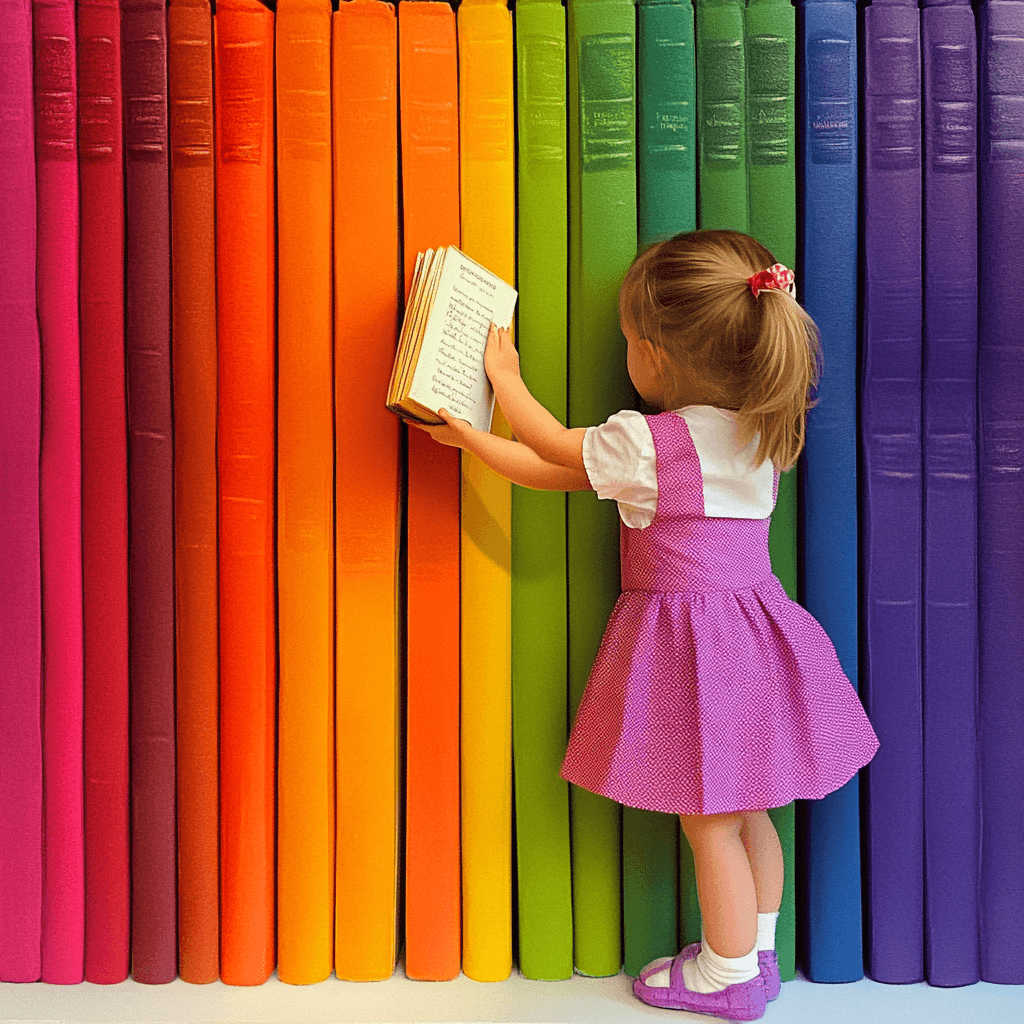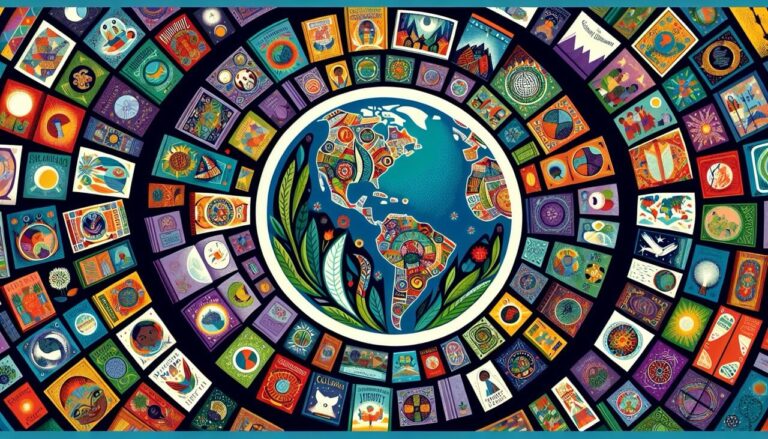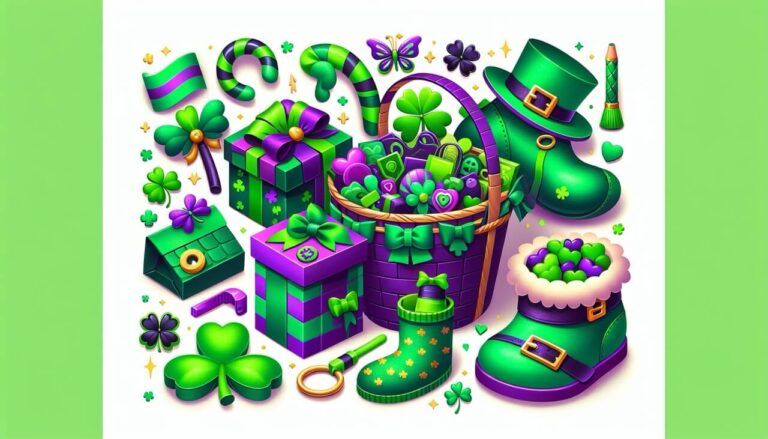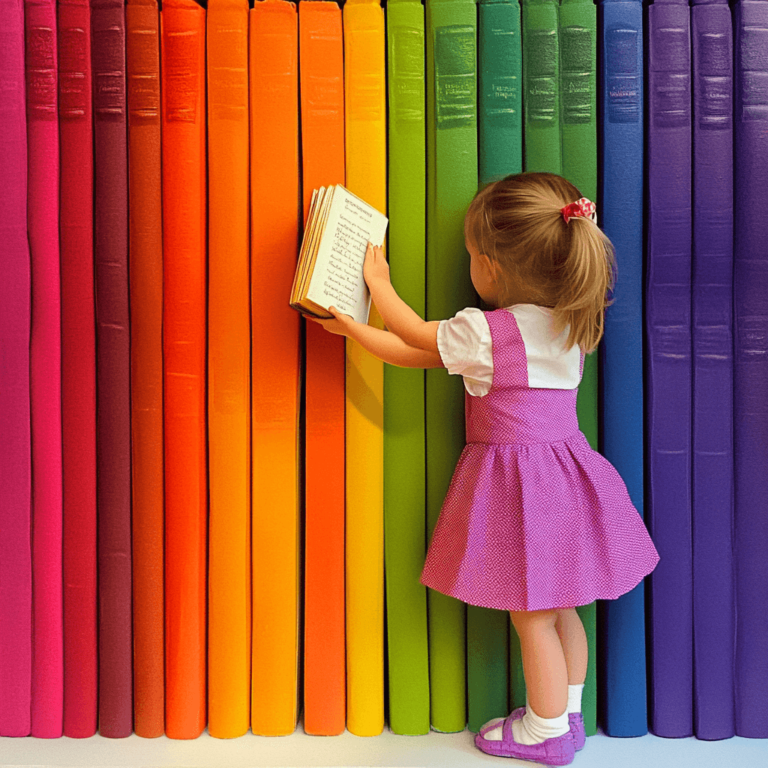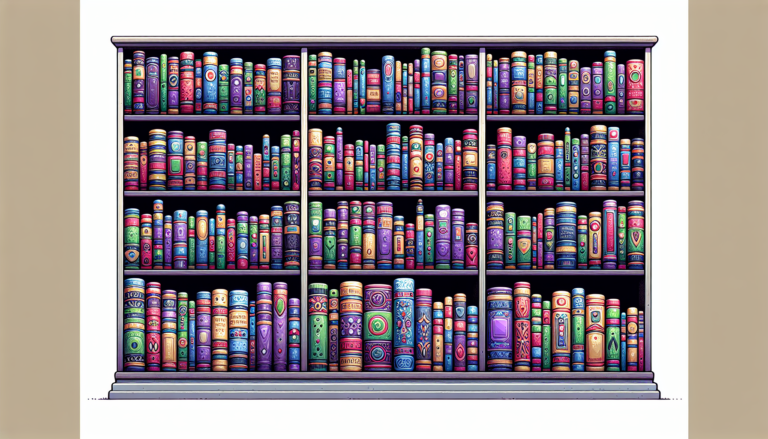Must-Have Books for a Child’s First Library
Creating a child’s first library is an exciting venture that sets the foundation for a lifelong love of reading. Books chosen for this early library should not only entertain but also educate, inspire curiosity, and nourish the imagination. Selecting the right blend of books can help foster language skills, emotional intelligence, and cognitive development.
In this guide, we will explore a variety of must-have books that are perfect for a child’s first library. From holiday-themed books that celebrate traditions, like those featuring Silly McGilly, to classic stories that have stood the test of time, each book serves a purpose in cultivating a young reader’s mind. For more insights on creating enriching reading experiences, you might find our article on how to encourage a love of reading in young children helpful.
See: 13 Best Patrick’s Day Books for Kids
Holiday Themed Books
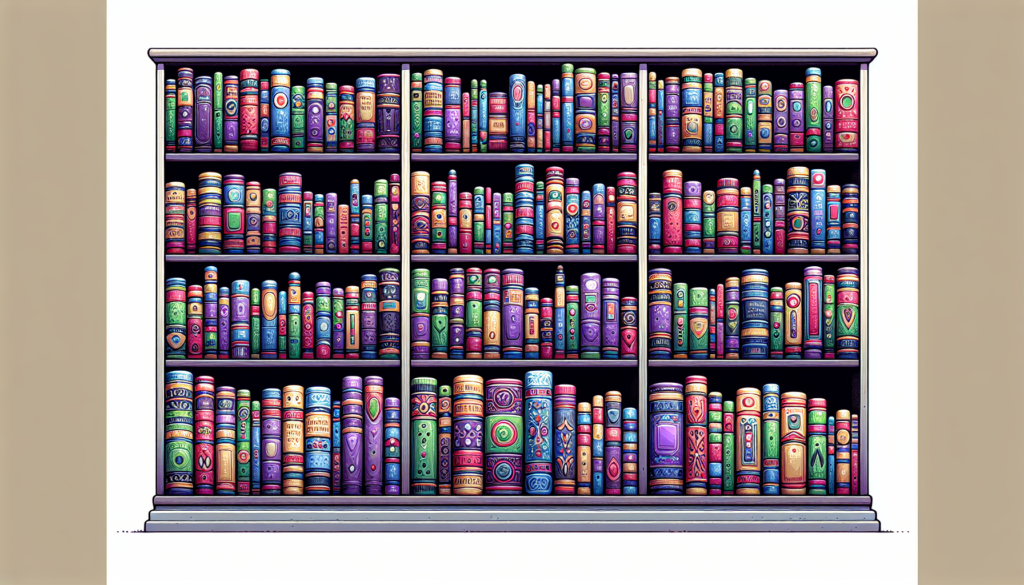
Holiday-themed books are a wonderful way to introduce children to the cultural and festive aspects of celebrations through stories they can relate to. For instance, Silly McGilly is a charming character who brings St. Patrick’s Day to life with his playful tricks and adventures, making it an excellent addition to any child’s library. Reading about Silly McGilly’s festive antics offers a delightful way to engage with holiday traditions in a narrative form.
Aside from Silly McGilly, other holiday-themed books like “The Snowy Day” by Ezra Jack Keats or “How the Grinch Stole Christmas!” by Dr. Seuss provide seasonal joy and teach valuable lessons about the spirit of giving and community. These stories not only celebrate the holidays but also help children understand and appreciate the essence of these occasions. For a broader exploration of holiday books, consider checking out our list of best books to read to your child during holidays.
Board Books and Picture Books
Board books and picture books are essential for toddlers and young children as they are designed to withstand little hands and can be enjoyed over and over again. Books like “Brown Bear, Brown Bear, What Do You See?” by Bill Martin Jr. and Eric Carle use repetitive text and bold, colorful illustrations to capture the attention of young readers and help them learn basic language patterns.
Picture books, on the other hand, often tell more elaborate stories through equally captivating illustrations. “Where the Wild Things Are” by Maurice Sendak, for example, not only provides visual stimulation but also stirs the imagination with its rich narrative. The advantage here is that picture books can grow with the child, offering deeper meanings and appreciation as they re-read them at different ages. For more on selecting age-appropriate books, take a look at our guide on how to find age-appropriate books for your child.
Classic Stories
Classic stories are timeless treasures in any child’s library. These stories have been beloved by generations and offer rich, enduring lessons that remain relevant today. “Charlotte’s Web” by E.B. White, for example, teaches about friendship, loss, and renewal, while “The Tale of Peter Rabbit” by Beatrix Potter delights with its mischievous adventures and natural consequences.
Another essential classic is “Alice’s Adventures in Wonderland” by Lewis Carroll, which encourages imagination and curiosity. The beauty of classic stories lies in their ability to connect with fundamental human experiences and emotions, making them a vital part of a child’s first library.
Interactive and Touch-and-Feel Books
Interactive and touch-and-feel books are fantastic for sensory development and interactive learning. Books like “Pat the Bunny” by Dorothy Kunhardt offer tactile experiences that are not only fun but also aid in developing motor skills and sensory perception. These books often include flaps to lift, textures to touch, and buttons to press, which help keep young readers engaged and make reading a multi-sensory experience.
“Dear Zoo” by Rod Campbell is another excellent interactive book, where children can lift flaps to discover the animals the zoo has sent as potential pets. These types of books encourage participation and can be especially effective in keeping active toddlers interested and focused during reading time.
Books About Everyday Life
Books that depict everyday life help children make sense of the world around them and understand their own experiences. Titles like “The Very Hungry Caterpillar” by Eric Carle not only teach about the days of the week and basic counting but also cover concepts of growth and transformation as the caterpillar becomes a butterfly.
Another great example is “Alexander and the Terrible, Horrible, No Good, Very Bad Day” by Judith Viorst, which teaches children that everyone can have bad days and that it’s okay to feel upset sometimes. These stories validate children’s feelings and help them deal with various everyday situations, providing both comfort and guidance.
Books That Grow with Your Child
Books that grow with your child are a big plus when building a first library. These books are designed to be relevant and engaging at different developmental stages, offering layers of learning and enjoyment. One of the best examples is the “Harry Potter” series by J.K. Rowling. Initially, the magical adventures capture the imagination, but as children grow, they begin to understand and appreciate the deeper themes of friendship, courage, and the complexity of human nature.
Another versatile book is “Oh, The Places You’ll Go!” by Dr. Seuss. Initially, young children might enjoy the rhymes and colorful illustrations, but as they grow older, the true message about life’s ups and downs, challenges, and successes becomes more meaningful. For more on versatile books, you might find our guide on books that can adapt to different age groups insightful.
Conclusion
Creating a child’s first library is an enriching process that involves more than just picking out books. It’s about laying the foundation for a lifelong journey of learning, discovery, and pleasure in reading. From holiday-themed books that offer a glimpse into cultural traditions through characters like Silly McGilly, to board books that withstand the test of toddlerhood, and classics that never lose their charm, each book selected plays a crucial role in a child’s growth.
Keep in mind that the books you choose should cater to various interests and learning stages, providing a balance of fun, education, and relatability. Encourage your child to explore different genres and topics, and remember that a book’s ability to grow with your child is a valuable trait that can ignite a lifelong passion for reading.
